NFT Value Estimator
NFT Value Calculator
How It Works
Based on the key value factors discussed in the article:
- Scarcity: The fewer copies, the higher the value
- Creator Reputation: Established names carry more weight
- Rarity Score: Combination of traits that make an NFT unique
- Utility: Real-world benefits beyond ownership
- Community: Active engagement drives long-term value
Estimated Value
Why would anyone pay thousands of dollars for a JPEG? That’s the question most people ask when they first hear about NFTs. But the answer isn’t about the image itself-it’s about what the image represents on the blockchain. An NFT, or non-fungible token, isn’t just a digital picture. It’s a unique, verifiable certificate of ownership stored on a blockchain, usually Ethereum. And like any collectible, its value comes from what people believe it’s worth-and why they’re willing to pay for it.
Scarcity Is the Foundation
NFTs get their value from artificial scarcity. Unlike cryptocurrencies like Bitcoin, where every unit is identical and interchangeable, each NFT is one-of-a-kind or part of a limited run. Think of it like a signed limited-edition print versus a mass-produced poster. A single NFT might be the only one of its kind, or there might be 10,000 in a collection. The fewer copies, the higher the potential price.
Creators set these limits when they mint the NFTs. A famous artist might release only 10 versions of a digital piece, while a new project might drop 5,000. Buyers know exactly how many exist because the blockchain records it all. That transparency builds trust. If you own one of the 10, you know no one else can claim the same exact token. That’s the core of NFT value: provable uniqueness.
Floor Price: The Market’s Baseline
Every NFT collection has a floor price-the lowest price at which any NFT in that collection is currently listed for sale. If the cheapest Bored Ape is listed at 3 ETH, then 3 ETH is the floor. This number isn’t fixed; it changes every time someone lists or sells an NFT. It’s the real-time pulse of the market.
For collectors, the floor price is the entry point. If you want to join a collection, you can’t buy below the floor. If the floor rises, it means more people are buying, and confidence is growing. If it drops, sellers are desperate, and the market might be cooling. Traders watch floor prices like stock charts. A steady climb over weeks signals strong demand. A sudden drop can trigger panic selling.
Platforms like OpenSea and Blur track these prices automatically. You don’t need to guess what’s valuable-you just look at the lowest listing. That’s why floor price is the most reliable metric for judging a collection’s health.
Who Made It Matters
Not all NFTs are created equal. A piece by Beeple sold for $69 million because he was already a well-known digital artist with a global following. His name carried weight. Similarly, NFTs from established musicians, photographers, or even brands like Nike and Gucci command higher prices because the creator’s reputation transfers into the digital space.
But it’s not just about fame. It’s about track record. If a creator has released multiple successful collections, built a loyal community, and consistently delivered value, buyers trust them more. They’re betting on the creator’s future work, not just this one NFT. That’s why a new artist with no history struggles to get attention-even if their art is beautiful.
Rarity Within the Collection
Even within the same NFT project, not all tokens are equal. Take a collection of 10,000 avatars. Each has traits: background color, hat type, eye shape, accessories. Some traits are common-like a blue background. Others are rare-like a golden crown or alien eyes.
When a buyer searches for a specific NFT, they’re not just buying an avatar. They’re buying a combination of traits. An NFT with three rare traits might be worth 10 times more than one with only common traits. This is called trait rarity. Marketplaces use algorithms to calculate rarity scores, but the real value comes from what buyers are willing to pay.
Some collectors hunt for the rarest combinations like treasure hunters. A single NFT with the right traits has sold for over $1 million in some collections. It’s not about the art-it’s about owning the most exclusive version.
Utility: More Than Just a Picture
The biggest shift in NFT value since 2022 isn’t about art-it’s about utility. Early buyers paid for ownership. Now, buyers pay for access.
Some NFTs unlock real benefits:
- Entry to private Discord servers or real-world events
- Exclusive drops from brands or artists
- Revenue sharing from future sales or merchandise
- Voting rights in decentralized organizations (DAOs)
- Virtual land in metaverse games that generates income
For example, an NFT from a gaming project might let you earn in-game currency just by holding it. Or a music NFT might give you backstage passes to live shows. These aren’t gimmicks-they’re functional perks that add real-world value. That’s why utility-driven NFTs are outperforming pure art collections in 2025.
Community and Social Proof
Ownership isn’t just about the token-it’s about the group you join. A strong community turns an NFT from a digital item into a social identity. Projects with active Discord channels, regular AMAs with creators, and member-only events build loyalty. People don’t just buy NFTs-they join tribes.
When celebrities or influencers own an NFT, it creates a ripple effect. If a famous athlete posts a picture with their Bored Ape, thousands of fans rush to buy the same collection. But here’s the twist: research from ETH Zurich found that social media buzz doesn’t always lead to higher prices. In fact, viral tweets and TikTok trends often precede price drops. The hype attracts speculators who sell quickly, leaving the real collectors holding the bag.
The real signal isn’t how many people are talking-it’s how many are holding. Long-term holders, consistent trading volume, and repeat buyers are better indicators of lasting value than trending hashtags.
Market Liquidity and Trading Volume
A good NFT collection doesn’t just have high prices-it has constant activity. If no one is buying or selling, the price is meaningless. Liquidity means there are enough buyers and sellers to make trades easy and fair.
High trading volume means the market is alive. Collections with daily sales, even if small, show sustained interest. That keeps the floor price stable. On the flip side, a collection with only 2 sales a month is a ghost town. Even if one NFT sold for $50,000 six months ago, it doesn’t mean you can sell yours for the same.
Think of it like a real estate market. A neighborhood with frequent sales has reliable prices. One where homes sit empty for years? No one knows what they’re really worth.
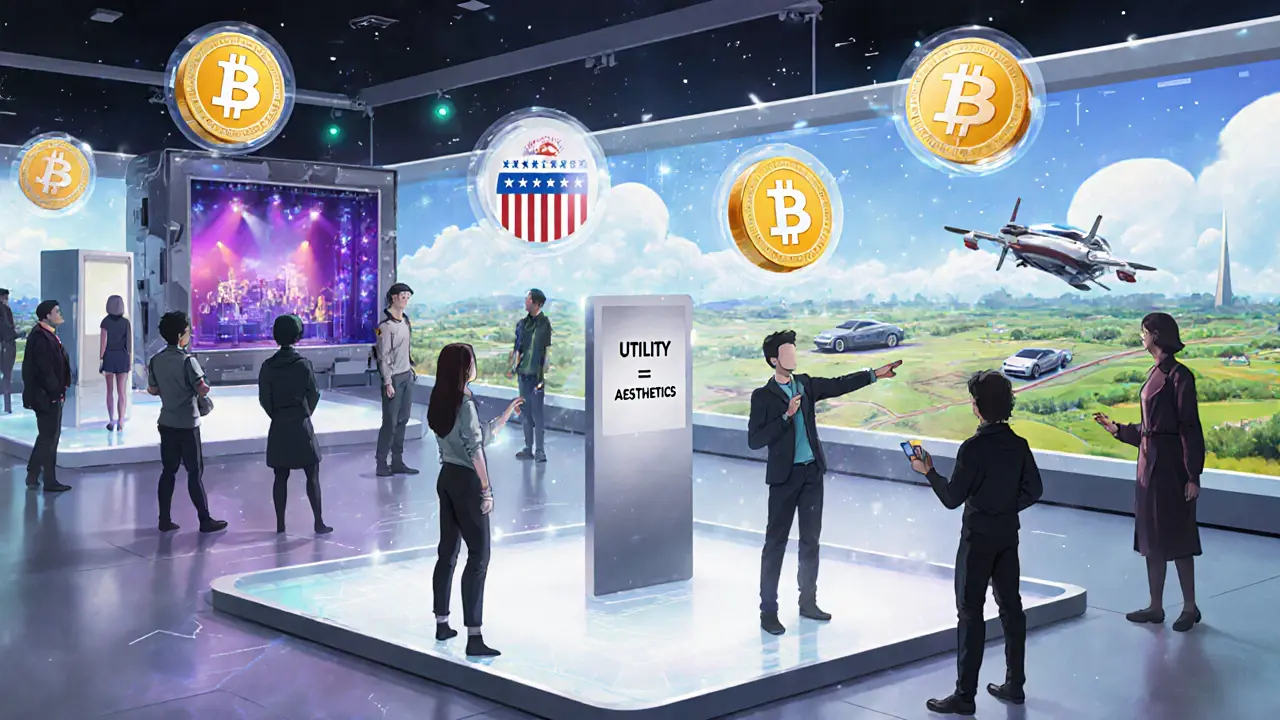
How Blockchain and Gas Fees Affect Pricing
NFTs live on blockchains, and those networks have costs. When you buy or sell an NFT, you pay a gas fee-the cost of processing the transaction on Ethereum or another chain. When Ethereum is busy, gas fees spike. That makes trading expensive.
High fees can chill market activity. Buyers might wait for cheaper times to trade, which can lower demand and pressure prices. That’s why some collectors move to cheaper chains like Polygon or Solana. Lower fees mean more trades, which means more liquidity-and more stable pricing.
Also, most NFTs are priced in ETH, not USD. That means if ETH drops 20%, your NFT’s dollar value drops too-even if the ETH price stays the same. NFT prices are tied to crypto market swings. You’re not just betting on the art-you’re betting on the whole crypto ecosystem.
Why NFTs Are Different From Traditional Art
Traditional art relies on provenance-paper trails, certificates, gallery records. NFTs replace that with code. Every transfer, every owner, every sale is recorded forever on the blockchain. No one can fake it. That’s a huge advantage.
But NFTs have a weakness: they depend on digital infrastructure. If the website hosting the image goes down, or the file gets deleted, your NFT is just a link to nothing. That’s why serious collectors look for projects that store art on decentralized networks like IPFS or Arweave-where files can’t be erased.
Also, NFTs can’t be hung on a wall. They don’t have physical presence. That makes them harder to value emotionally. People don’t touch them. They don’t feel them. That’s why utility and community matter more than ever-they turn digital ownership into something tangible.
What’s Next for NFT Value?
The NFT market isn’t dead-it’s growing up. The wild speculation of 2021 is gone. Now, buyers ask: What does this NFT actually do? Who’s behind it? Is the community active? Is the tech secure?
More companies are using NFTs for tickets, memberships, and digital IDs. Museums are issuing NFTs for digital exhibitions. Game studios are letting players own in-game items as NFTs. These aren’t just collectibles-they’re functional tools.
As regulation becomes clearer and more institutions get involved, NFTs will become less of a novelty and more of a standard digital asset. Their value won’t come from hype anymore. It’ll come from real use cases, strong communities, and smart design.
If you’re looking to buy or invest, skip the viral memes. Look for collections with:
- A clear utility (access, revenue, rights)
- A strong, active community
- A reputable creator or team
- Consistent trading volume
- Art stored on decentralized networks
That’s how you find real value-not by chasing the next big drop, but by understanding what makes something worth holding long-term.
Are NFTs just digital art?
No. While many NFTs are digital art, they can also be tickets, memberships, virtual land, in-game items, or proof of ownership for real-world assets. Their value comes from what they unlock, not just what they look like.
Can I lose my NFT if the website shuts down?
Yes-if the image or file is hosted on a centralized server. But if the NFT links to art stored on decentralized networks like IPFS or Arweave, the file stays live even if the original site disappears. Always check where the media is stored before buying.
Why do some NFTs cost more than others in the same collection?
It’s usually due to rarity. Each NFT in a collection has unique traits-like a hat, background, or accessory. The rarer the combination of traits, the higher the price. A single NFT with three rare features can be worth 10x more than one with common traits.
Is the floor price the real value of an NFT?
It’s the best real-time indicator of market demand. The floor price is the lowest listed price in a collection, so it shows what buyers are currently willing to pay to enter. But it doesn’t reflect the value of rare or special NFTs in the collection-only the cheapest one.
Do NFTs hold value like stocks or real estate?
Not exactly. NFTs don’t generate income like dividends or rent unless they’re designed to. Their value is mostly speculative and tied to community trust and utility. Unlike stocks, there’s no financial statement or cash flow. You’re buying belief in a project’s future, not a proven asset.
Should I buy NFTs as an investment?
Only if you understand the project and believe in its long-term utility. Most NFTs lose value over time. The ones that hold or grow are those with active communities, real-world benefits, and strong creators. Don’t buy because you think it’ll go up-buy because you want to use it or be part of it.
How do royalties work with NFTs?
Smart contracts can be programmed to give the original creator a percentage (usually 5-10%) every time the NFT is resold. This gives creators ongoing income and aligns their interests with buyers. Not all NFTs have royalties, and some marketplaces ignore them, so check the contract details before buying.
Are NFTs environmentally harmful?
Early NFTs on Ethereum used a lot of energy, but since Ethereum switched to proof-of-stake in 2022, its energy use dropped by over 99%. Most NFTs today are minted on low-energy blockchains like Polygon, Solana, or Tezos. The environmental impact is now minimal compared to traditional industries.
- Poplular Tags
- NFT value
- NFT pricing
- floor price
- NFT scarcity
- NFT utility






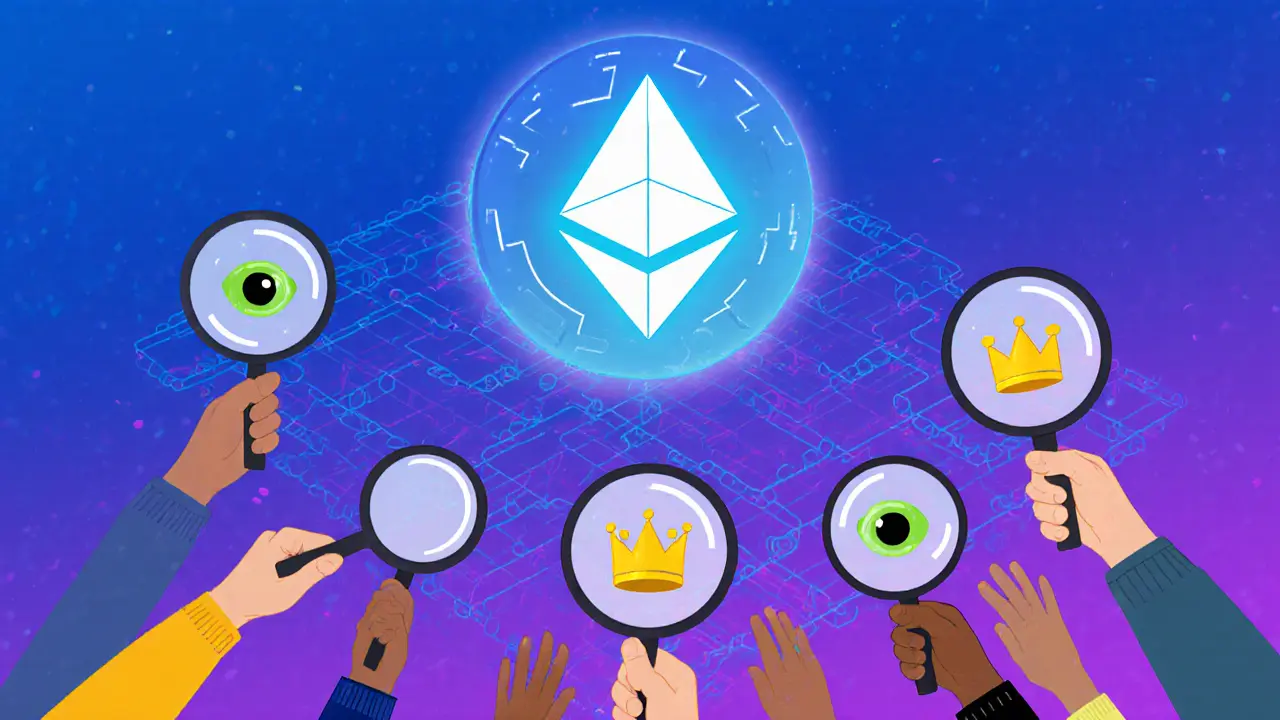
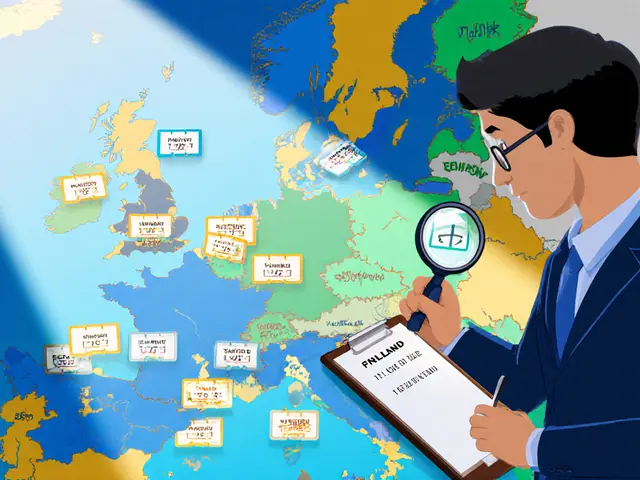
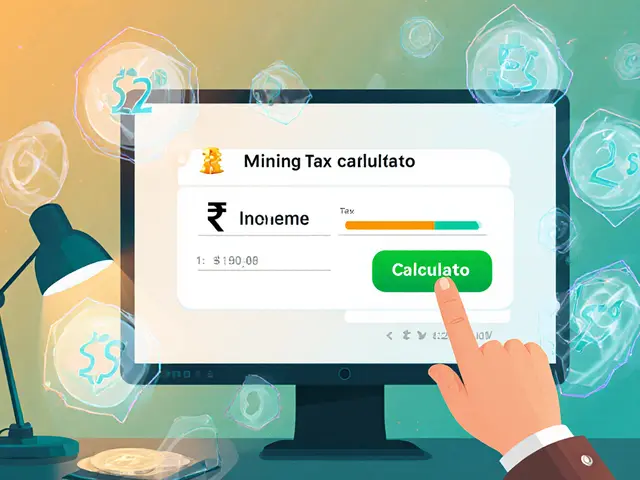
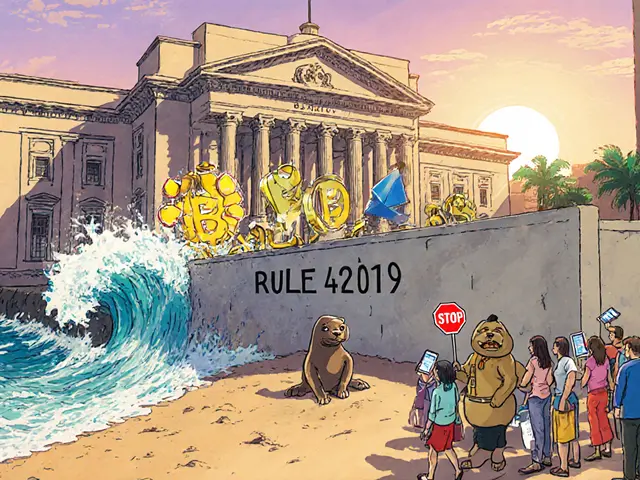

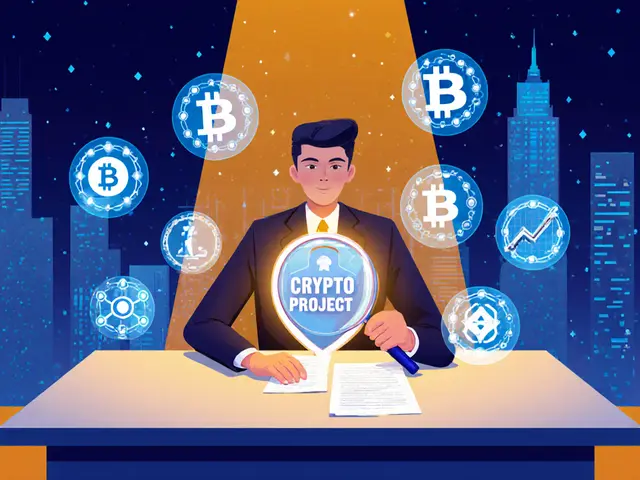
People Comments
I just bought my first NFT last week-a pixelated cat with sunglasses. My mom asked if it was real art. I said, 'Mom, it’s not about the art. It’s about the vibe.' She laughed and sent me $20 for coffee. Worth it.
Market fundamentals are being ignored. Floor prices are manipulated via wash trading. Liquidity is illusory. Gas fees are a tax on participation. This is not an asset class-it’s a casino with smart contracts.